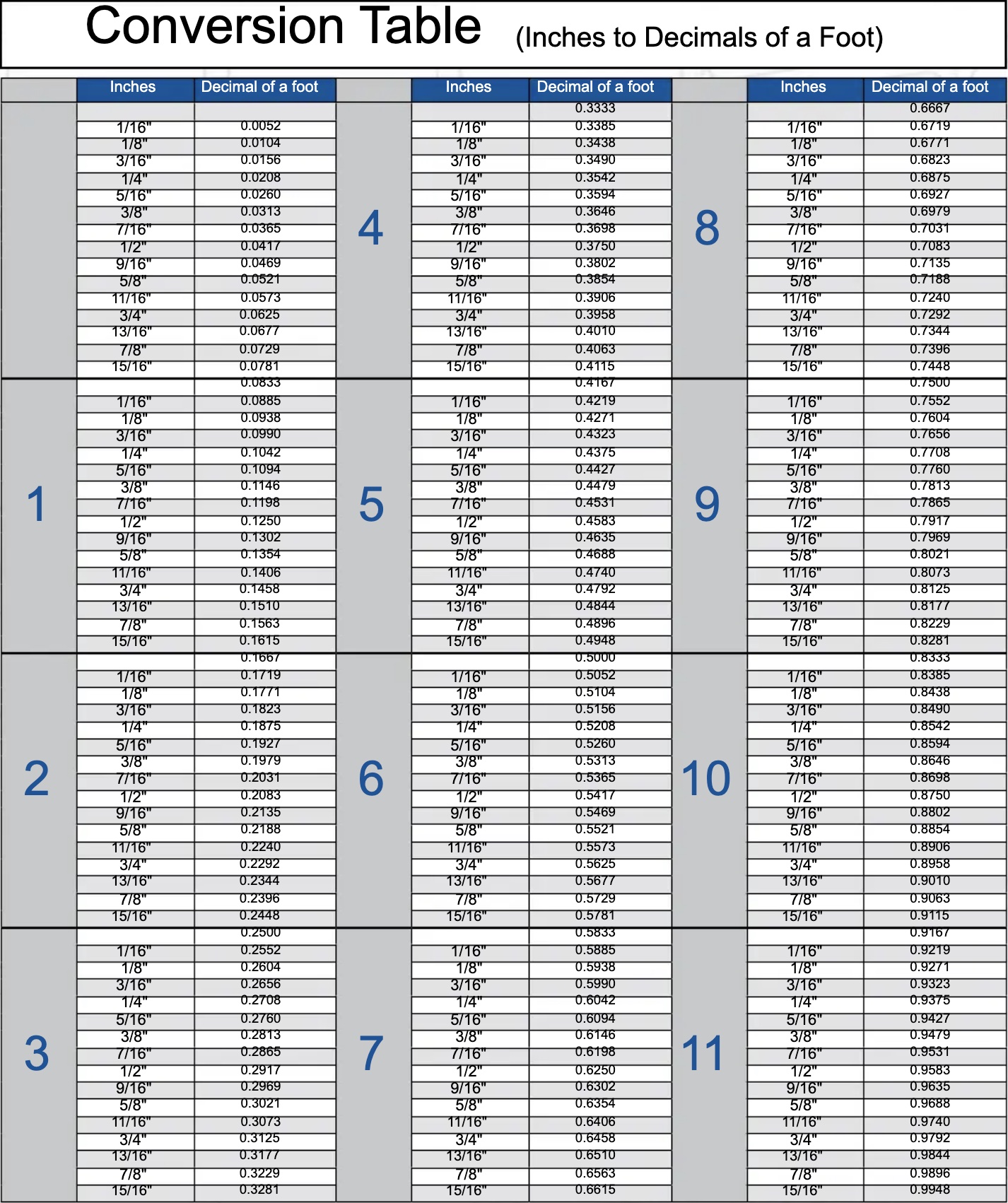2% and 3:1 Super Simple Grading and Drainage
Aug 16, 2022
"I want my patio flat. Right? Level."
Well, sorta. But not really.
A flat patio will have puddles. I can almost guarantee it. It might even become a slipping hazard; we don't want that. A really good mason can get it to 1% slope, depending on the finish. Less than that takes a smooth finish and a master mason to pull it off. I much prefer 2%.
2% is where it's at!
The Magic of 2% is two-fold:
1) A 2% surface, especially something irregular like flagstone, or even a lawn area, will drain. Yet, it will seem reasonably level and be perfectly usable as a "level" area. A caveat to this would be any kind of sport court. Whenever I hear "Level"... my mind says, OK: 2%.
2) A drainage pipe or gutter with a 2% slope will move water fast enough such that the silt, clay, and most debris will remain in suspension. Pipes less than 2% slow the water down, suspended silt settles, and eventually it get's "silted up"... and either needs to be flushed out or abandoned. When you exceed this slope, the water might go too fast and larger solids are left behind; for this reason, longer sewer pipe runs are always 2%.
So: How do I get 2%?
There are several ways to visualize, measure, or calculate a 2% slope:
Easy: A 2% slope =
1/4" drop per foot.
About 1' over 50' or 2' over 100'.
Most Accurate: Take the distance in ft. and multiply it by .02.
The issue with calculating the slope is that you get a decimal and when we're on a job site, most common tape measures work in fractions. Rather than do the math, I've gotten lazy and like to refer to a simple chart to change the decimals into fractions that can be used in the field -and visa-versa; Sometimes I refer to the chart twice: once when the distance is measured to get it into a decimal, then do the calculation, and then secondly to get it back to a fraction.
Example:
Let's say you have a patio and you want to drain it into a nearby planting area. You pick the direction of fall and measure the patio... let's say it measures 14' 2-3/4".
I can look up the 2-3/4" and see that it equals .2292". So: 14.2292 multiplied by .02 = .28458" Looking at the chart again, that equals between 3-3/8" and 3-7/16"... But just to be safe, I'm going to round up to the nearest 1/8": 3-1/2". This is a safe elevation change from one side of the patio to the other -and super easy to measure in the field.
Another Example:
Let's say you have a patio that's 12' wide... if 2% = 1/4" per foot, then you'd have 12/4"... or 3".

Next Up: 3:1
This is really easy, and yet sometimes even I get confused; here's why: Slope is usually defined by a mathematical ratio of "Rise over Run"... a 2' elevation rise over 100' distance (run)... = 2/100 = .02 or 2%. However, in this case, the DISTANCE (run) comes first: 3' of distance with 1' of elevation change (rise or fall): Distance : Elevation Change
So: what's so magical about 1' of elevation change over 3', or a 33% slope? It's just a rule of thumb that has been proven to be fairly dependable: Depending on your soil textural class, compaction, and cover, things will vary greatly, but ON AVERAGE: a soil slope of 3:1 will be fairly stable and won't fail. I see this used all the time on max grades for hillside slopes as well as for the sides of drainage swales.
Good news: There are several ways to go about achieving this slope:
1) Multiply the Distance in feet by .33 to get the Elevation Change in feet required.
2) Divide the Elevation Change in Feet by .33 to get the Distance required
3: Simply multiply the elevation change by 3 and you know how much space you need for a stable slope.
What if your slope is steeper than that?
This is when things get more expensive:
Consider retaining walls, rip-rap, or geotextile.
Better yet, when designing, keep your slopes at less than a 1:3 slope and keep your hardscapes and drainage pipes at 2%... these rules of thumb work almost every time.
Quick shout-out to an old professor: Jake. I first learned the above rules of thumb from Jake, an engineering instructor at Cal Poly that got stuck teaching us landscape architect folks. He taught us many really valuable "rules of thumb". But he used the Swahili term: "Kanuni ya kidole gumba." Thanks Jake!
Do you like this kind of blog? Want more? Please consider getting on my e-mail list. No spam. Ever. I promise. Just good landscape stuff.
